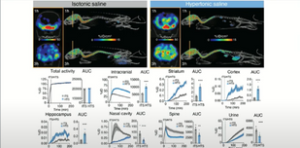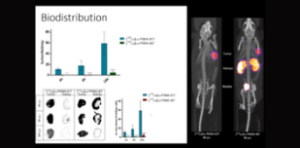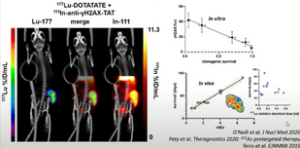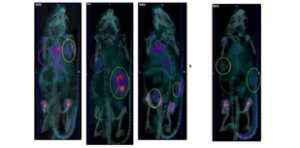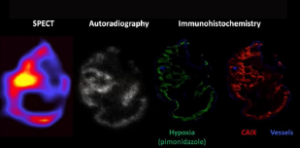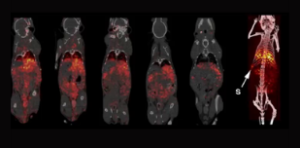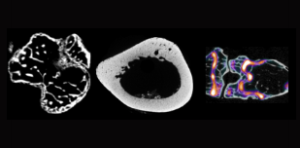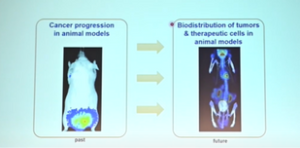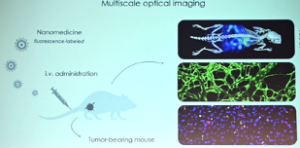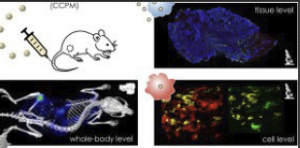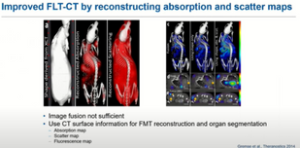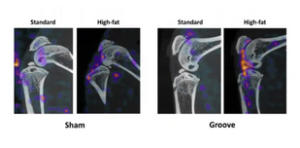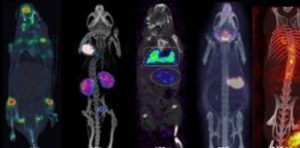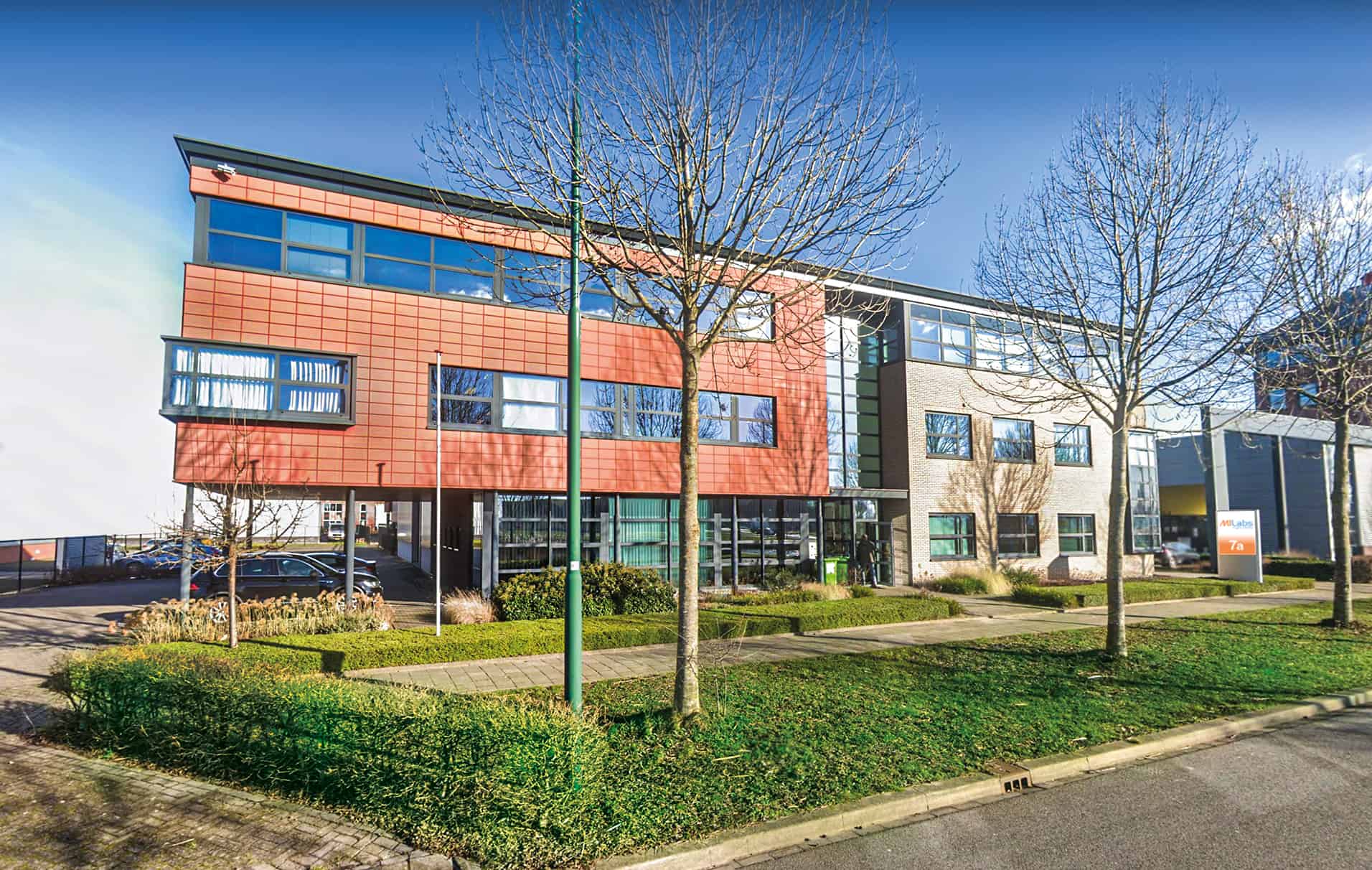
Ferrets are a recently established animal model uniquely exhibiting similar clinical and pathological characteristics of COPD as humans, including chronic bronchitis but are also instrumental for COVID-19 research. This talk describes a µCT method for evaluating structural changes to the airways in ferrets and how the MILabs µCT can be used as a significant translational platform to measure dynamic airway morphological changes.
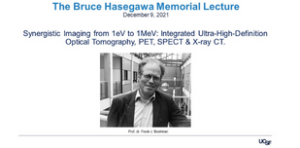
This annual lecture honors the legacy of Dr. Bruce Hasegawa. MILabs’ Founder and CEO, Prof. Freek Beekman, presents the 2021 Bruce Hasegawa Memorial Lecture at the University of California, San Francisco. In this video presentation, he talks about the physics, engineering, and application of Fully Integrated Ultra-High Definition Optical Tomography, PET, SPECT & X-ray CT.
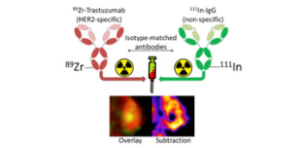
This webinar covers some recent groundbreaking studies conducted by the Cornelissen group in Oxford. Several recent papers will be presented including ‘Early detection in a mouse model of pancreatic cancer by imaging DNA damage response signaling’, ‘Dual-isotope antibody imaging allows in vivo immunohistochemistry using radiolabelled antibodies in tumours’, and ‘Imaging DNA Damage Repair in vivo Following 177Lu-DOTATATE Therapy’.
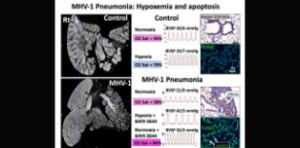
Interested in advancing your drug discovery, pathobiological studies and diagnosis of COVID-19 as well as other progressive pulmonary diseases affecting lung microarchitecture? This webinar provides a comprehensive overview of research in Prof. Stephen Archer’s team, and a good example of their translational approach by incorporating in vivo imaging of mouse models using MILabs’ Micro-CT.
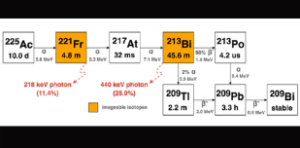
This webinar highlights some of the key imaging applications at the UBC such as theranostic α-emitters imaging (e.g. 225Ac and 211At), nanomedicine, quantitative imaging of novel dual-isotope combinations, such as 111In and 67Ga, investigations of mechanisms of delivery and pharmacokinetics of antibiotics and antimicrobials, investigation of metal chelators and their use as radiopharmaceuticals, studies in immunology and vaccines, and macromolecular conjugates and lipid-based formulations.
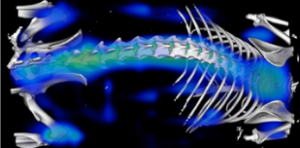
Hybrid fluorescence tomography and x-ray computed tomography (FLT-CT) provided by the MILabs OI-CT system allows non-invasive longitudinal volumetric assessment of fluorescent probes in mice in vivo. This talk demonstrates that FLT-CT can be used to quantitatively determine the biodistribution NIRF-labeled probes.
